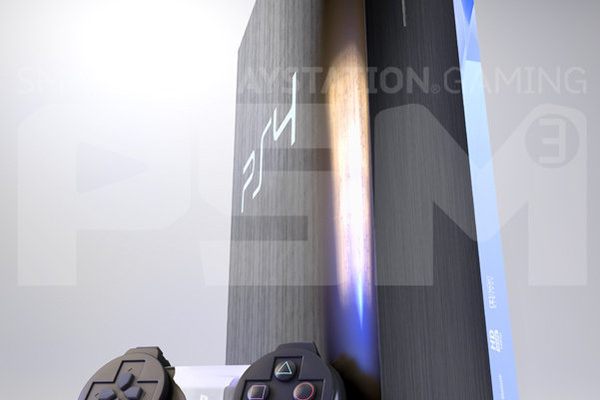
The analyst cites meetings he had with developers and "a number of companies" during CES.
If accurate, the prices would be lower than expected and would put the consoles in fighting range of the Wii U, which sells for $300 as a base model and $350 for a deluxe model. The original PS3 retailed for $600 when it was released in 2006.
Most likely, at $400, Microsoft and Sony would have to endure losses on the hardware, which both have done in the past to take share.
"Given the fragile state of the console game market, we expect the E3 trade show in June will take on added significance, most likely providing the industry with the first public opportunity to examine next-generation hardware," Sebastian added.
"Our checks suggest that next-generation console hardware will be largely built from 'off the shelf' high-end PC components, along with hybrid physical/digital distribution models, enhanced voice controls and motion sensing (Kinect integration with every Xbox), and broad multi-media capabilities."
"Moreover, a PC-based architecture (Intel chips in the case of Xbox) should have a number of advantages over custom-developed silicon: for one, the learning curve for software developers will be shorter than completely new technology. Second, the cost of production and retail price points should be lower than prior console launches. Third, it will be easier to build online services around PC chip architecture, including flexible business models (free-to-play, subscriptions) and multi-media (over the top) content offerings. For Microsoft, this design will also allow for more integration with Windows 8 and Windows Mobile devices," Sebastian concluded.
Written by: Andre Yoskowitz @ 14 Jan 2013 20:53
